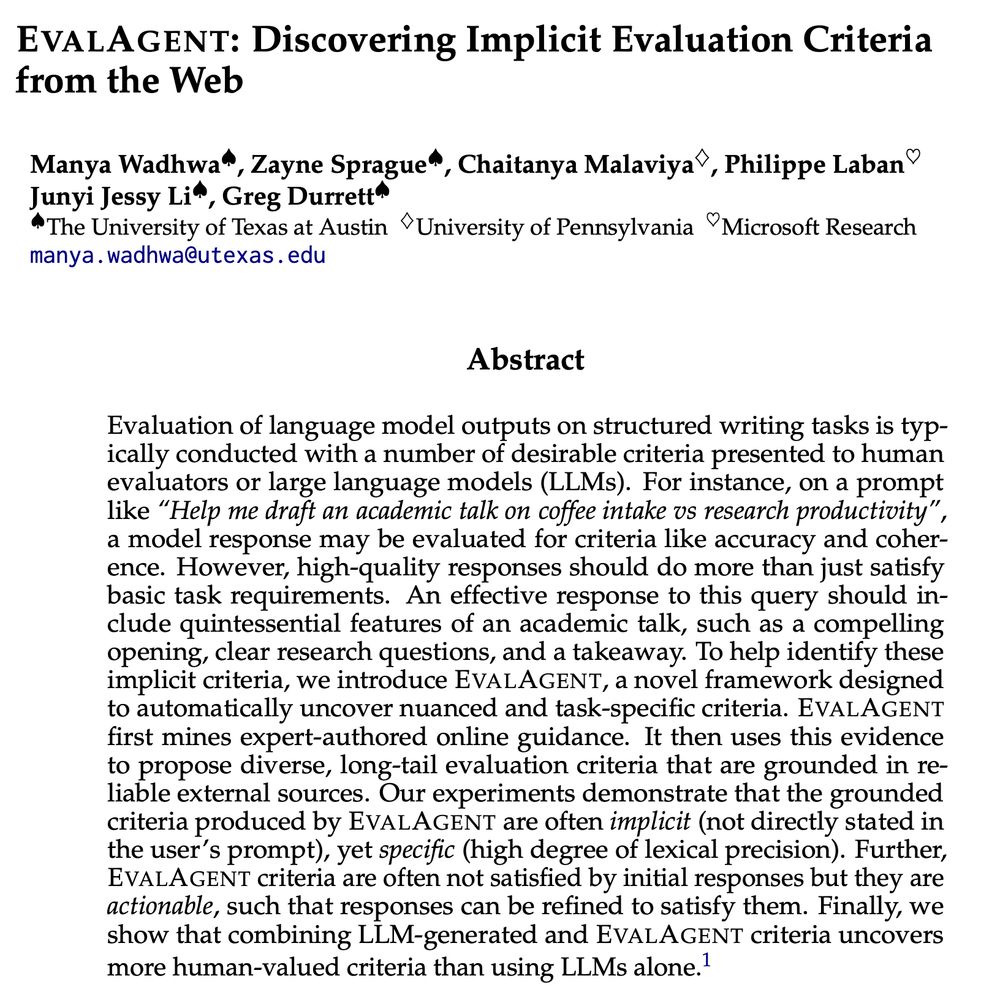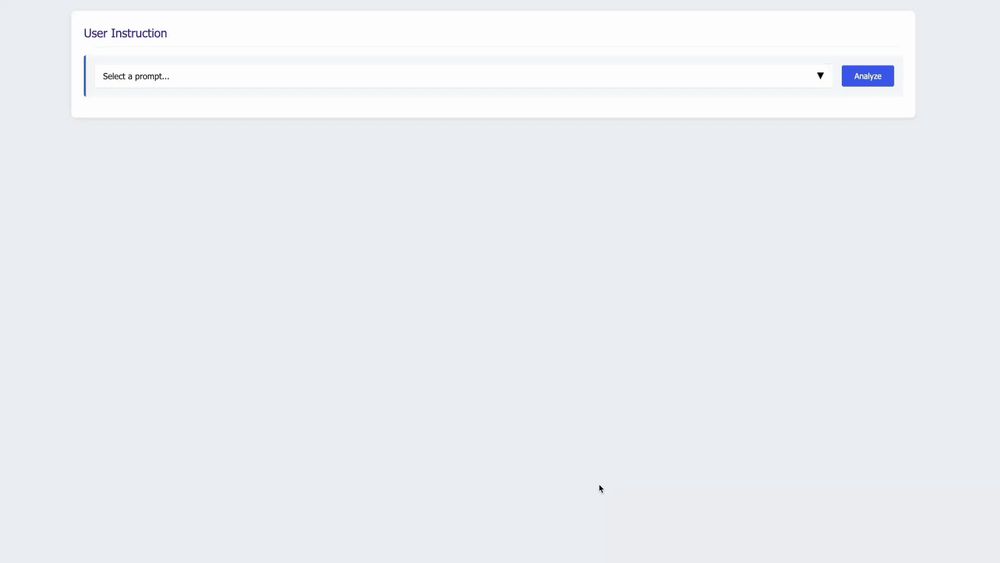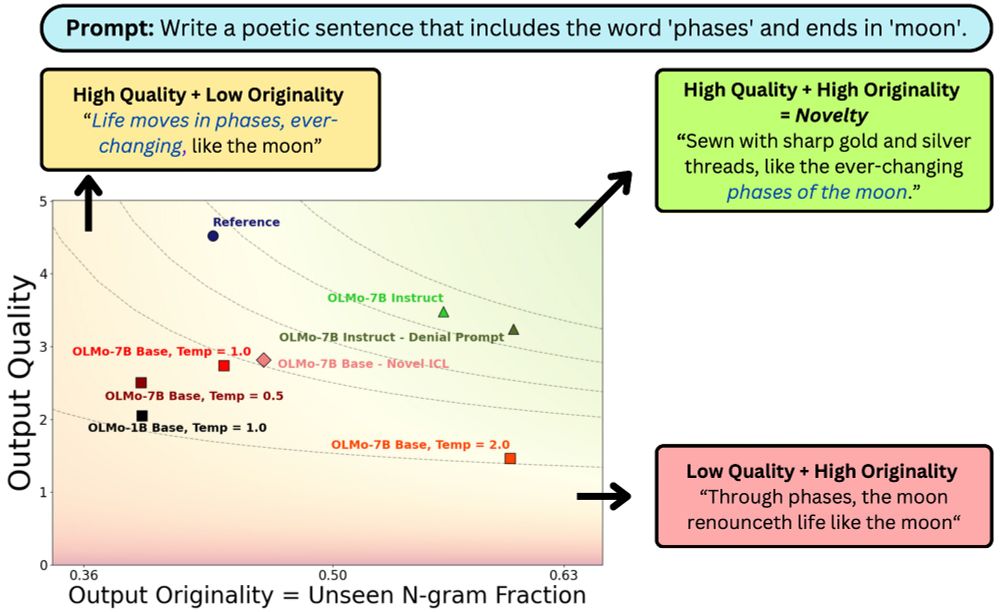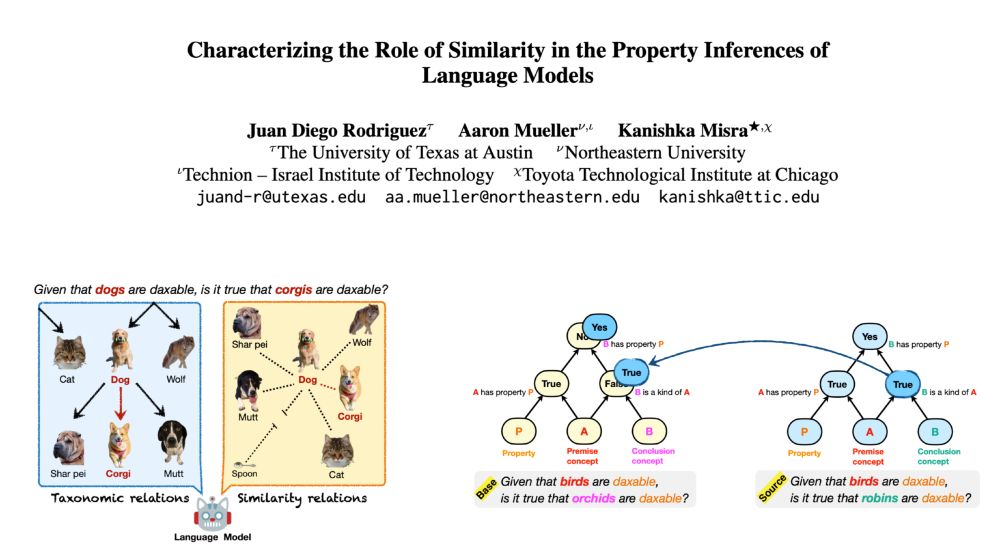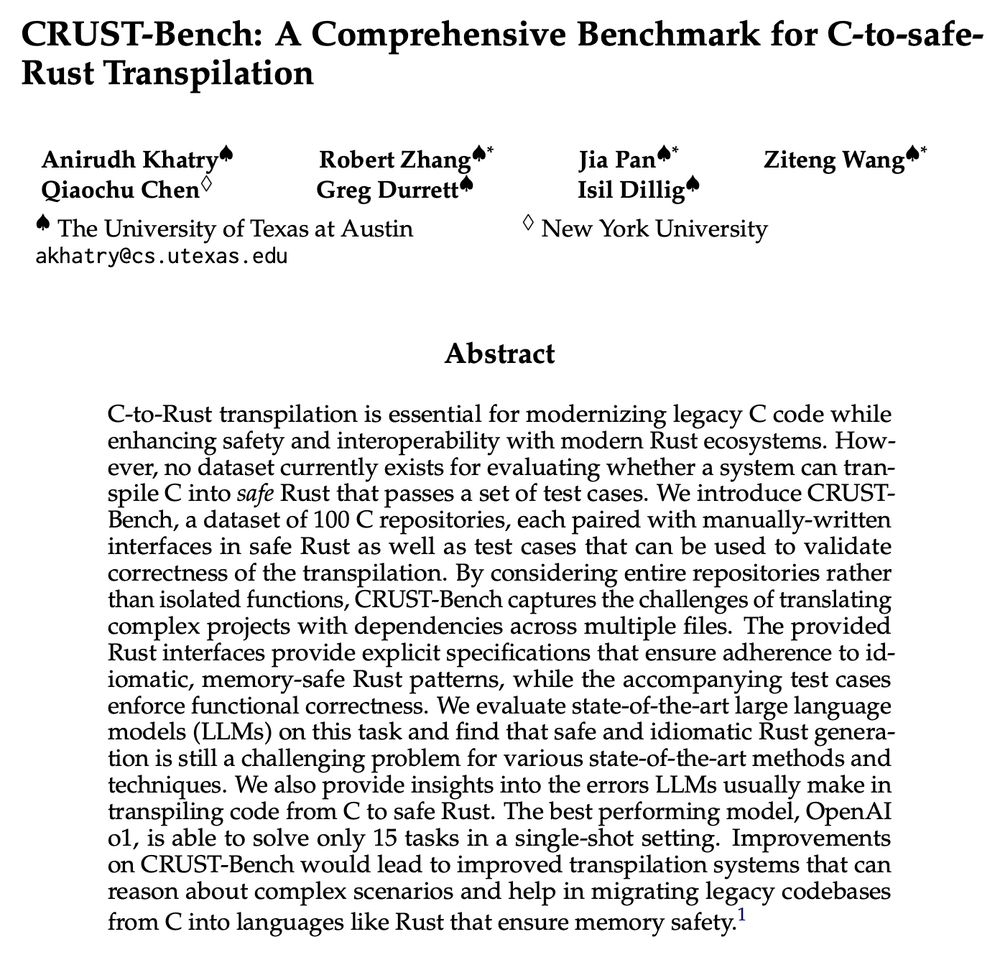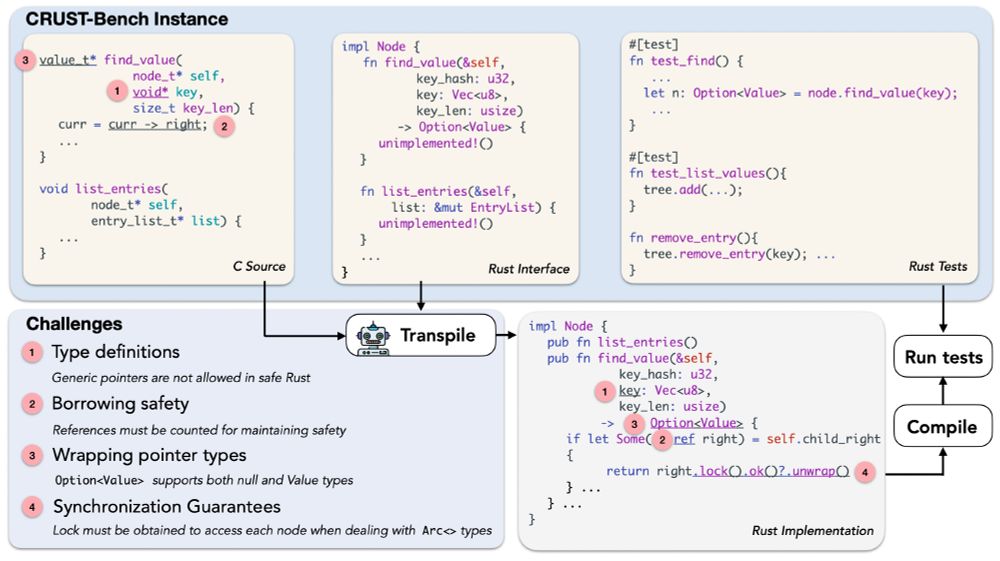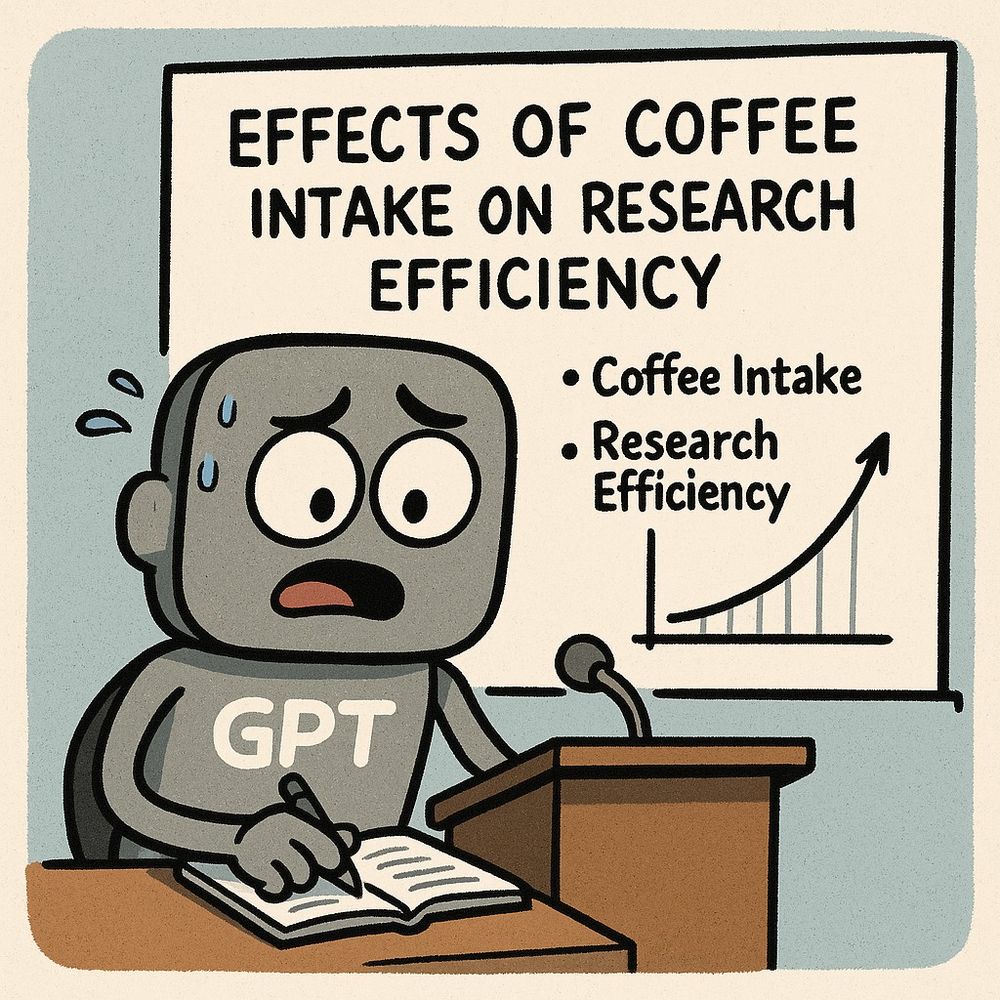Manya Wadhwa
@manyawadhwa.bsky.social
180 followers
170 following
17 posts
PhD at UTCS | #NLP
https://manyawadhwa.github.io/
Posts
Media
Videos
Starter Packs
Pinned
Reposted by Manya Wadhwa
Reposted by Manya Wadhwa
Reposted by Manya Wadhwa
Reposted by Manya Wadhwa
Reposted by Manya Wadhwa
Reposted by Manya Wadhwa
Reposted by Manya Wadhwa
Reposted by Manya Wadhwa
Reposted by Manya Wadhwa
Manya Wadhwa
@manyawadhwa.bsky.social
· Apr 22
Manya Wadhwa
@manyawadhwa.bsky.social
· Apr 22
Manya Wadhwa
@manyawadhwa.bsky.social
· Apr 22
Manya Wadhwa
@manyawadhwa.bsky.social
· Apr 22
Manya Wadhwa
@manyawadhwa.bsky.social
· Apr 22
Reposted by Manya Wadhwa
Reposted by Manya Wadhwa
Reposted by Manya Wadhwa
Reposted by Manya Wadhwa
